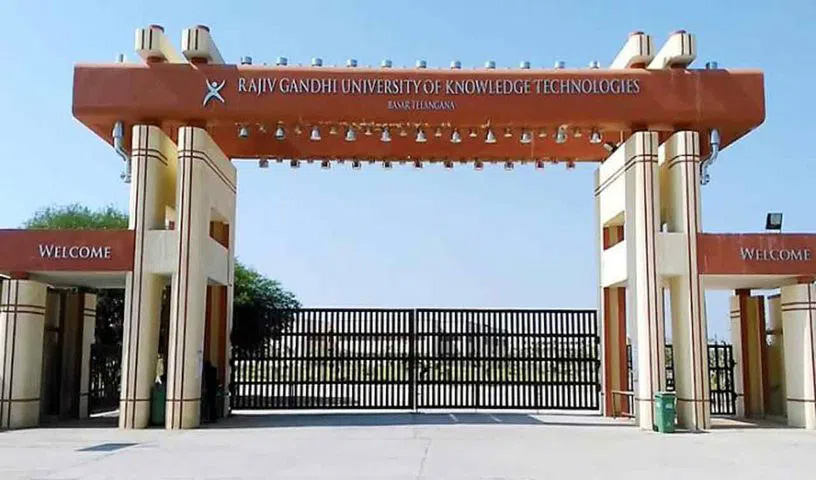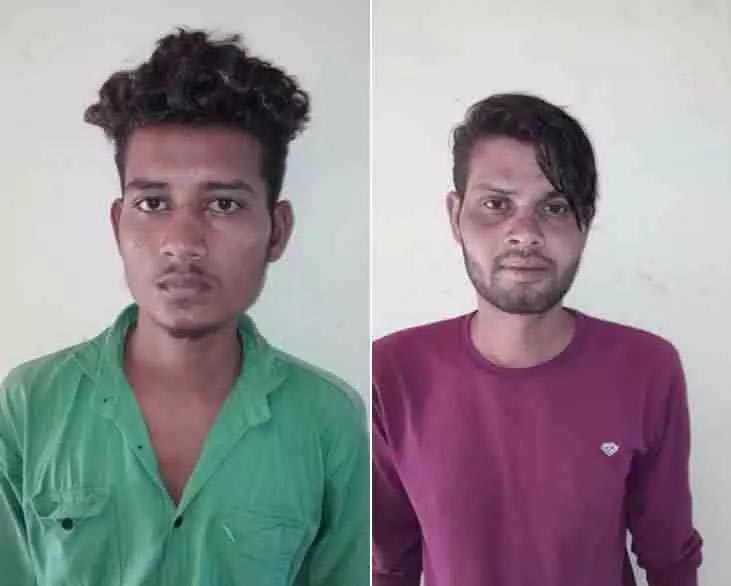Hyderabad: ‘Genetic genealogy of Nair, Thiyya and Ezhava communities revealed’

Hyderabad: In an unprecedented study in the analysis of genetic ancestry, geneticists from the Hyderabad-based Center for Cellular and Molecular Biology (CCMB) and other researchers from across the country have concluded that the Nairs, Thiyas and Ezhavas of Kerala, and the Bunts and Hoysalas. The people of Karnataka are genetically close to the population of north-west India.
Dr. Kumarasamy Thangaraj, JC Bose Fellow, CCMB, who led the high-throughput genetic study, which was recently published in the journal Genome Biology & Evolution, said, “Our genetic study showed that Nair and Thea Warrior communities share much of their ancestry from ancient times. Migrants from northwest India, and similar to the Kamboj and Gujjar populations, have extended Iranian ancestry”, he said, adding, “Their maternal genomes reflect a high distribution of West Eurasian mitochondrial lineages. , which suggests female-mediated migration, in contrast to most recent “migrant groups like the Siddis”.
Researchers have analyzed the DNA of 213 individuals from traditional warrior and feudal lord communities of the south-west coast of India. They looked for genome-wide autosomal markers and maternally inherited mitochondrial DNA markers, and compared their results with ancient and contemporary Eurasian populations ranging from Bronze Age to present-day groups.
Dr. Lomas Kumar, first author of the study, said, “Our machine-learning based study suggests that the migration of these groups from north-west to central India occurred after the late Bronze Age or perhaps during the Iron Age to the south-west coast. Happened.” Who was a PhD student of CCMB and currently at Birbal Sahni Institute of Palaeosciences, Lucknow.
CCMB Director Dr. Vinay K. “This study shows that the south-west coastal group is the remnant of a very early migration from north-west India to Karnataka and Kerala following the Godavari basin,” Nandikoori said.
Other researchers involved in the study are Dr. Moinak Banerjee, Rajiv Gandhi Center for Biotechnology, Thiruvananthapuram; And Dr. Mohammad S. Mustaq, Mangalore University, Mangalore.
The south-west coast of India is one of the regions with high genetic and cultural diversity resulting from millennia of migration, settlements and mixing of human populations. Earlier studies on recent immigrants living in south-west India, including Jews, Parsis and Roman Catholics, reveal the existence of a rich genetic heritage of the region.
However, a large group of populations with historical status as warriors or feudal lords in the region have a controversial genetic history.
Historians and written records link them to migrants from Ahichhatra (Iron Age civilization) in the Gangetic plain, while others link them to migrants from Indo-Scythian tribes from north-west India.
















